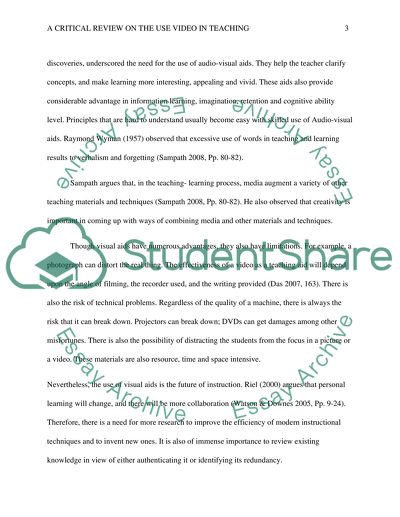Cite this document
(“Critical Review of Using the Video in Teaching Essay”, n.d.)
Critical Review of Using the Video in Teaching Essay. Retrieved from https://studentshare.org/education/1434339-a-research-project-report
Critical Review of Using the Video in Teaching Essay. Retrieved from https://studentshare.org/education/1434339-a-research-project-report
(Critical Review of Using the Video in Teaching Essay)
Critical Review of Using the Video in Teaching Essay. https://studentshare.org/education/1434339-a-research-project-report.
Critical Review of Using the Video in Teaching Essay. https://studentshare.org/education/1434339-a-research-project-report.
“Critical Review of Using the Video in Teaching Essay”, n.d. https://studentshare.org/education/1434339-a-research-project-report.


